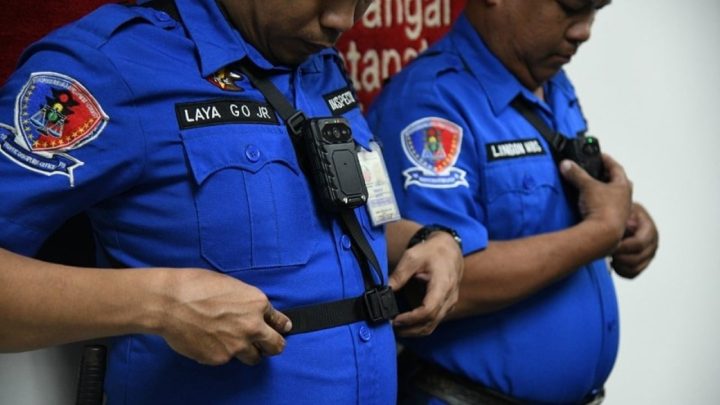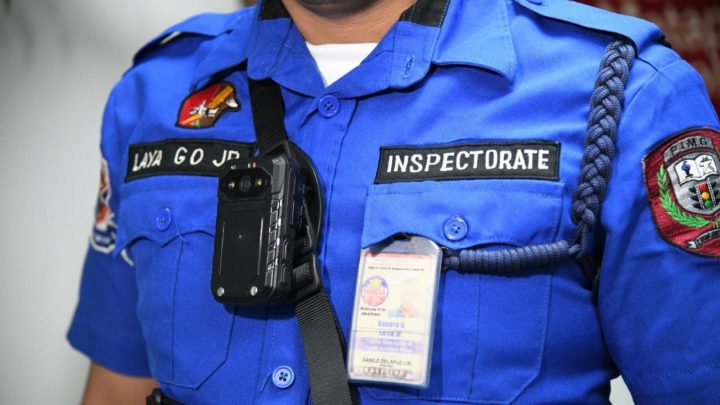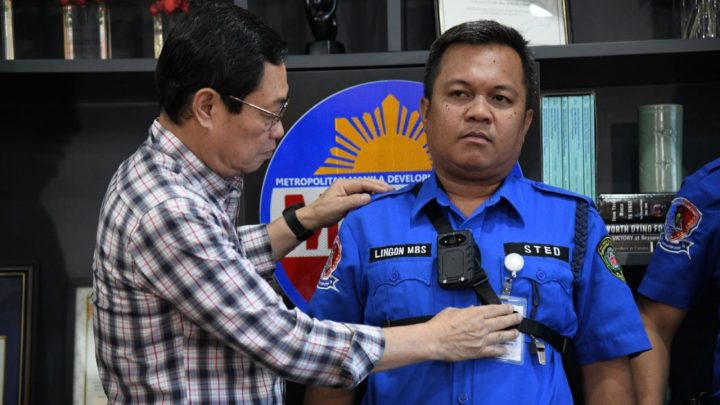
The enforcers of the MMDA are bound to start wearing body cameras, and pretty soon, by the looks of things. Seen to be an essential piece of technology that can protect both an enforcer and a motorist, as well as a possible deterrent for unscrupulous practices (AKA Kotong) by “enterprising” apprehending agents, the agency has gotten nothing but full support from its stakeholders.
Drafted rules for MMDA’s use of body-worn cameras presented, no complaints lodged

Photo: MMDA
Last week, stakeholders including 1-Rider Party-List Representative Bonifacio Bosita, public transport groups, motorcycle riders’ associations, automobile associations, Philippine National Police-Highway Patrol Group, Metro Manila local government units, and concerned government agencies, among others, held a meeting where the drafted rules and procedures on the use of body-worn cameras by enforcers were presented.
At its conclusion, the Metro Manila Development Authority reported that the effort has gained all-out support.

Photo: Don Artes
The agency’s aim is to use body-worn cameras for its traffic management and enforcement operations to help promote transparency in carrying out apprehensions of traffic violators. The draft of the procedure presented details of what traffic enforcers should say when motorists object to being recorded and if motorists invoke their right to privacy. MMDA Acting Chairman shared that the body-worn cameras are equipped with video and audio recording features, which are key to protecting both the traffic enforcers and the motorists being apprehended.
“The use of body-worn cameras will prevent traffic enforcers from taking bribes and motorists offering bribes since the Metrobase will record the apprehension process. The footage may serve as evidence,” Artes said.

Photo: MMDA
Given a 6-8-hour battery life, the body-worn cameras are designed to capture and record the entire conduct of the operation and are similar to the gadgets being used in the United Kingdom. The devices are linked to the MMDA Command Center and all recorded footage is automatically saved in the Metrobase. A supply of 120 cameras will be distributed for the use of traffic enforcers who are authorized to issue citation tickets to traffic violators, with more expected to come in, hopefully in the near future.
It will be most interesting to see how the enforcers will take to the new process, and how motorists will react to the fact that they are being recorded during an apprehension. In the interest of safety, security, and the legality of the process, we hope it all works as planned.




